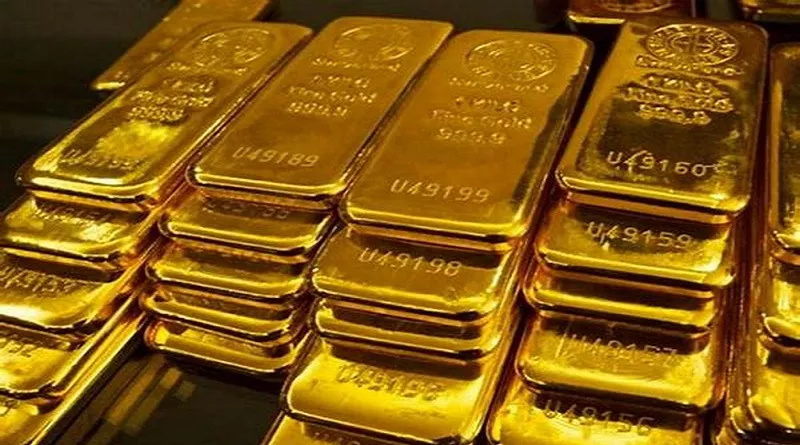Gold coins have long captivated investors and collectors alike, blending historical allure with tangible value. Yet, determining the cost of a gold coin involves more than its weight in precious metal. Factors such as rarity, condition, and market demand play pivotal roles in establishing its price. This article delves into the intricate dynamics that define the cost of gold coins, offering insights into the various influences that impact their value.
1. Intrinsic Value: The Foundation of Gold Coin Pricing
At its core, the cost of a gold coin is rooted in its intrinsic value — the market worth of the gold it contains. Gold, a universally accepted store of value, is priced per ounce on global commodity exchanges like the London Bullion Market Association (LBMA). This spot price fluctuates throughout each trading day based on supply, demand, geopolitical factors, and economic indicators.
Gold coins typically contain a specified amount of pure gold, expressed as a percentage of their total weight. For instance, a one-ounce gold coin may be 99.99% pure gold (often termed “four nines” purity). The value of such coins closely tracks the current spot price of gold, with prices adjusted to reflect the bullion content after factoring in a premium.
2. Premiums: Understanding the Added Costs
Beyond the intrinsic value, gold coins carry premiums that reflect additional costs associated with their production, distribution, and market demand. These premiums vary widely and are influenced by several key factors:
Coin Type and Rarity: Rare or limited-edition coins often command higher premiums due to their scarcity and historical significance. Numismatic coins, valued for their age, condition, and historical context, may fetch prices far exceeding their gold content alone.
Condition: The state of preservation significantly impacts a coin’s value. Mint-condition coins, untouched by circulation or wear, generally command higher premiums due to their pristine appearance and rarity in such condition.
Mintage: The number of coins minted also plays a crucial role. Limited mintage series or coins with a specific historical significance may drive up demand and subsequently, premiums.
Design and Appeal: Aesthetics and cultural appeal influence market demand. Coins with intricate designs, cultural significance, or ties to iconic figures or events may attract collectors willing to pay premiums beyond the bullion value.
3. Market Dynamics: Supply, Demand, and Economic Factors
The market for gold coins operates within broader economic contexts, where global and regional factors influence pricing:
Investor Sentiment: Economic uncertainties, inflation fears, or currency devaluation concerns often spur demand for gold as a safe-haven asset, affecting coin prices.
Geopolitical Events: Political instability, trade tensions, or international conflicts can heighten demand for gold coins, driving prices upward as investors seek stability.
Currency Fluctuations: Since gold is priced in U.S. dollars globally, fluctuations in currency exchange rates can impact the cost of gold coins in local currencies.
Interest Rates: Changes in interest rates, particularly those affecting bond yields or the opportunity cost of holding gold versus interest-bearing assets, can influence investor preferences and demand.
4. Authenticity and Certification: Ensuring Value and Trust
In the realm of gold coins, authenticity and certification are paramount. Counterfeiting remains a persistent issue, particularly for popular coin designs and valuable editions. Established grading services, such as the Numismatic Guaranty Corporation (NGC) or the Professional Coin Grading Service (PCGS), provide authentication and grading services. Coins certified by these bodies often command higher prices due to the assurance of authenticity and condition.
5. Collectors vs. Investors: Differing Motivations
Understanding the distinctions between collectors and investors is crucial in assessing gold coin prices:
Collectors: Numismatists focus on the historical, artistic, and cultural aspects of coins, often building collections based on personal interests or themes. Their valuation of coins may extend beyond market prices to encompass rarity, historical significance, and aesthetic appeal.
Investors: Investors prioritize the financial aspects of gold coins, viewing them primarily as a hedge against economic instability or inflation. Their decisions are guided by market trends, economic indicators, and the potential for capital appreciation.
6. Practical Considerations: Buying and Selling Gold Coins
For prospective buyers and sellers, navigating the gold coin market requires careful consideration:
Buying: Research the current spot price of gold and premiums associated with desired coins. Verify authenticity through reputable dealers or certified sellers. Consider long-term storage options and security measures.
Selling: Understand prevailing market conditions and potential buyer demand. Seek multiple valuations from reputable dealers or auction houses to ensure competitive pricing. Be mindful of transaction costs, including fees for authentication, grading, or brokerage services.
See Also What Is The Spot Trading Strategy?
Conclusion
The cost of a gold coin transcends its weight in precious metal, encompassing historical, cultural, and economic dimensions. Whether sought after for investment diversification, numismatic intrigue, or aesthetic appreciation, gold coins embody enduring value. By understanding the factors influencing their pricing — from intrinsic bullion value to premiums, market dynamics, and authenticity — investors and collectors alike can make informed decisions in navigating this timeless asset class.


